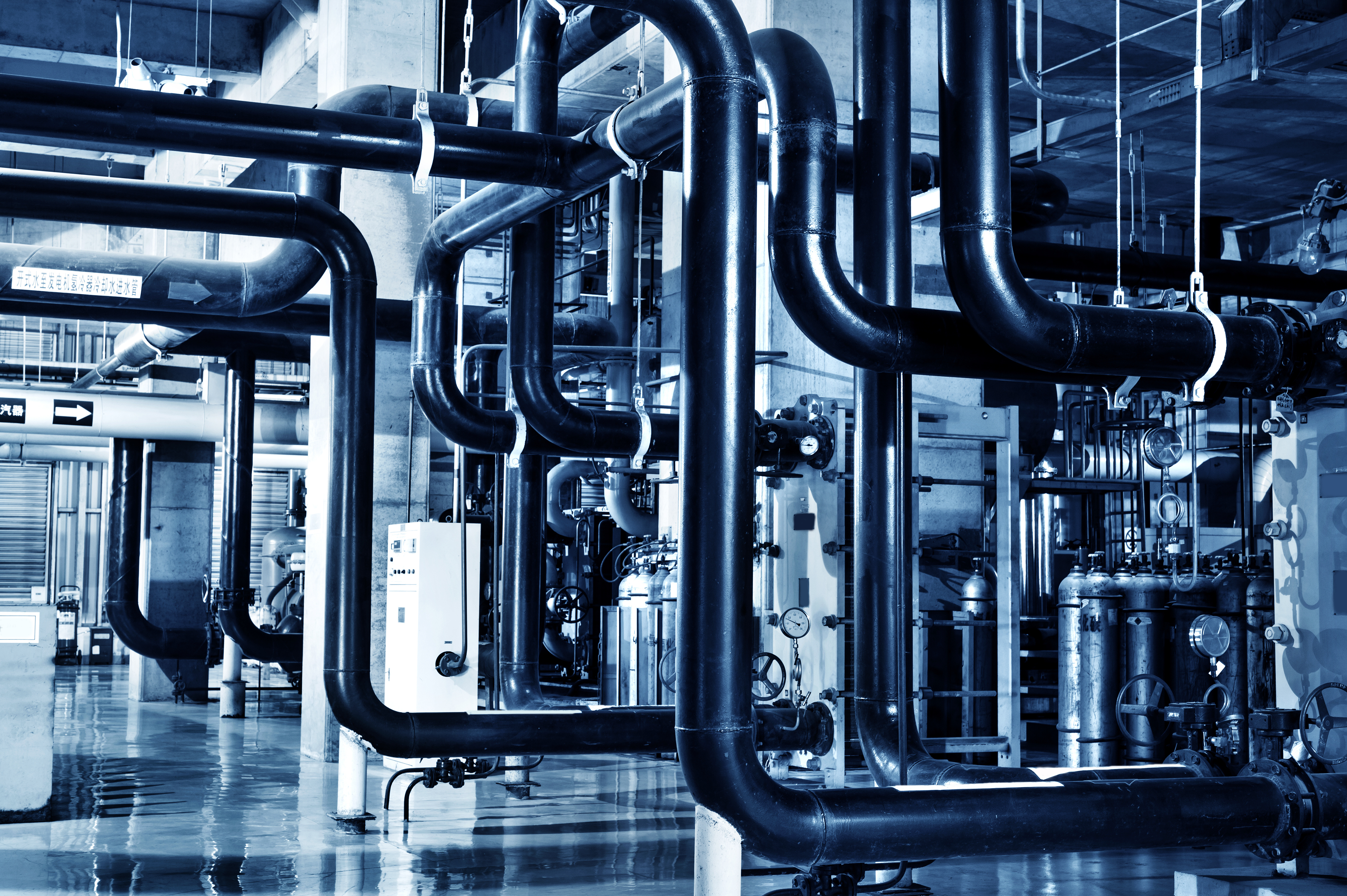4.6.2 Lecture Notes Heating & Cooling Grids
Course subject(s)
4. Intelligent Control and Integration of Heating in the Energy Systems

This image is from iStock
This lecture will discuss heating and cooling grids and what their role in integrated energy systems is. The following topics will be covered:
- An overview of the existing heating and cooling grids
- The difference between the current heating/cooling grids and the ones from the future
- The challenges with heating/cooling grids
- The future research directions regarding this topic
The existing heating and cooling grids
Grids for heating and cooling have developed for the first time in the late 19th century. Since then, different generations of grids have been developed, which are listed below:
- In the first generation of heating/cooling grids, steam was used for transporting heat. This had a typical temperature of 200 degrees Celsius.
- The next generation of grids replaced the steam with hot water, which causes the temperature to decrease a lot. A centralized CHP (Combined Heat and Power) plant was used which had a one directional supply to the water.
- The third generation, which is mostly used today for large-scale grids, multiple heat sources are applied. These sources can be industrial waste heat, centralized biomass boilers, and CHP plants. The temperatures in this generation are still more than 70 degrees Celsius.
- The fourth generation, which was introduced around a decade ago, includes renewable energy sources, geothermal energy sources, and other low grade waste heat sources. This has the result that the temperatures decrease.
- In the fifth generation, the temperatures go down even further. The reason for this, is that heating and cooling are feasible to be combined. This means that the heat supply needs to be upgraded at the individual building level.
The differences between current and future generations
The third generation uses a supply temperature that are in the range of 80-120 degrees Celsius, and they require a centralised circulation pump for the heat distribution. Because the supply and return temperatures are high, and any temperature can be produced, the exact value of the return temperature is not important.
The fourth generation is similar to the third generation. A difference is that more medium temperature sources are available. Therefore, the return temperature is lower and more relevant. However, it is still not a key point. Also, centralized circulation pumps are still required, and the controllability and the design are similar to the third generation.
In the fifth generation, individual buildings can use cooling from the grid, which means that they automatically provide heating. Therefore, the return temperature becomes an important performance indicator. Another difference is that individual circulation pumps are used, instead of centralized. Also, a bidirectional flow of heat is possible.
The fifth generation is seen as the heating/ cooling grid of the future, due to the ability to supply both heating and cooling, and its innovative design.
The challenges for heating and cooling grids
The challenges for the new generation of thermal grids can be divided into two main types: planning challenges and operational challenges.
Planning challenges include several aspects, such as the determination of future peaks, the integration of heating and cooling grids with the power grid, and investments. Also, the coordination between buildings and the thermal grid belongs to the planning challenges.
Operational challenges include the optimal integration of electricity consumption for heat pumps combined with the heat storage for both building level and grid level. Also, short term demand and supply matching is an operational challenge, since there is a limited capacity of low temperature heat sources.
Future research
There are three main directions for which future research is needed:
- The prediction for future peak loads for both heating, cooling, and electricity: Due to the high level of integration and no historical experience, this is an important topic for research.
- The combination of behavioural sciences and technical system analysis: This is important, since the decisions of both individuals and communities have an impact on the future peak loads.
- Different control strategies: For an optimal operation of thermal storage together with power and thermal grids, more advanced control strategies are needed.
Conclusion
This lecture covered the five different generations of heating and cooling grids. Then, the main differences between the current generations (the third and fourth) and the future generation (the fifth) were analysed. Two main types of challenges for the future generation thermal grids could be distinguished. Finally, the important direction fields were mentioned.

Technology of Intelligent and Integrated Energy Systems by TU Delft OpenCourseWare is licensed under a Creative Commons Attribution-NonCommercial-ShareAlike 4.0 International License.
Based on a work at https://online-learning.tudelft.nl/courses/technology-of-intelligent-and-integrated-energy-systems/



